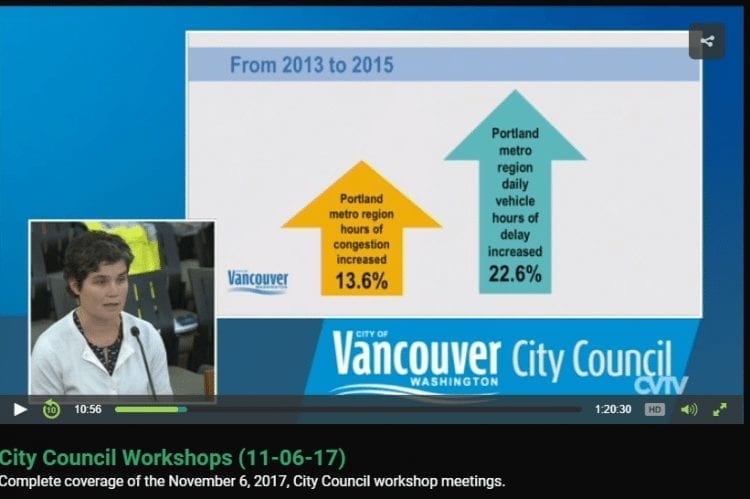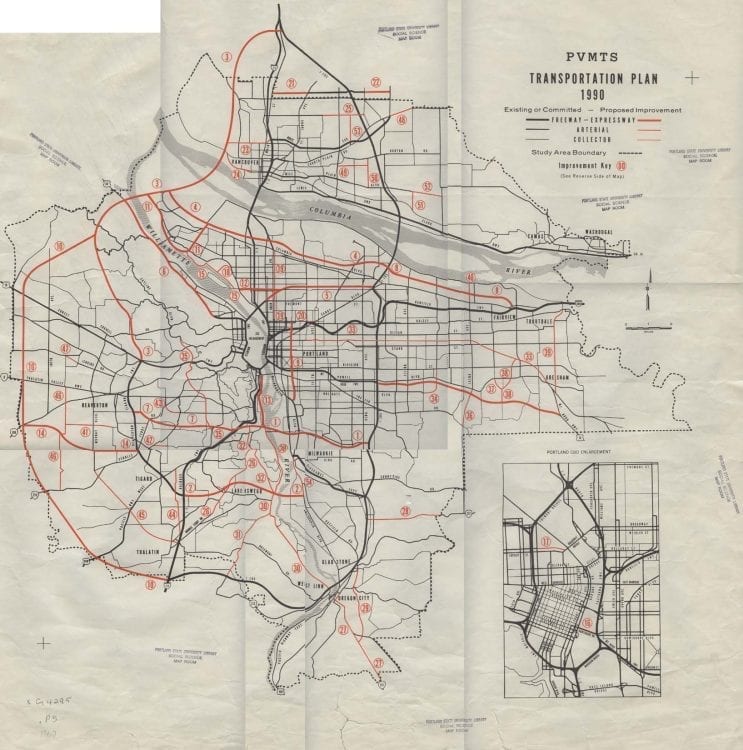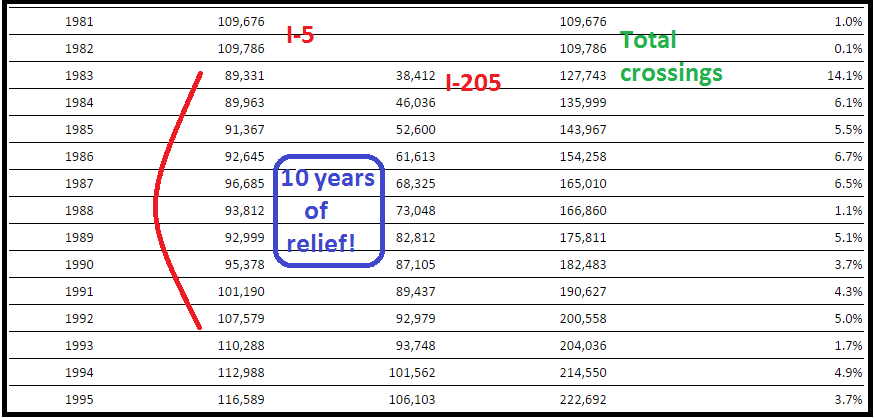Camas resident John Ley shares his latest views on Oregon’s plans for tolling

John Ley
Camas
Recently, the Vancouver City Council was briefed on Oregon’s “value pricing” and the Policy Advisory Committee. The stated purpose of “value pricing” (tolls to us), was to reduce congestion.
They were told that 72 percent of Oregon citizens say congestion is a very serious problem. Southwest Washington citizens agree. The Interstate 5 corridor is now congested over 12 hours a day. There are 35 bottlenecks in the region.

The Oregon Department of Transportation representative said the Oregon Legislature took a “comprehensive approach to congestion relief.” Their version of comprehensive included four areas: bottleneck relief; transportation options — specifically mass transit, bike and pedestrian travel; freight rail — getting trucks off the road by putting more freight on trains; and value pricing (aka tolling).
If the real goal is not “revenue generation” but reducing congestion, then I would suggest their “comprehensive” approach was not very comprehensive.
An easy, no-cost help in reducing some congestion would be to eliminate the only HOV lane in Oregon. Try it for one year and see if traffic flows faster on I-5 northbound.
Video courtesy of KOIN 6
Next – “comprehensive” would also include two extremely important areas.
First – adding new through lanes on I-5 in the congested area. Adding more capacity to respond to the increased “demand” is common sense.
Next – create a bypass. All car and truck traffic bound for Washington County and the coast shouldn’t have to go through downtown Portland and the three-lane Vista Ridge Tunnel. This option would help in three areas. It would reduce the number of vehicles on I-5; reduce vehicles on Interstate 405, and reduce vehicles on Highway 26. That’s a triple win.
Our region had a planned “ring road” to bypass the crowded inner Portland core back in the 1970s. We built the eastern half of the ring, Interstate 205, which opened in 1982. Sadly, we failed to build the western half of the ring road. It’s been 35 years since a new transportation corridor was built.

For real congestion relief, look at what I-205 did for I-5. We built a new transportation corridor. There was an immediate 18.5 percent reduction of traffic on I-5. It took a decade before vehicle levels using the Interstate Bridge reached pre-I-205 opening levels.

With the Portland area now congested over 12 hours a day, there is no realistic way drivers can shift their travel to the other 12 hours. There are no alternate transportation corridors. Let’s get some real congestion relief going by adding new highway lanes.
Finally, let’s not punish Southwest Washington citizens who already are paying over $200 million per year in Oregon income taxes. Don’t allow for tolls at the border, especially when there’s no benefit for Southwest Washington drivers. Oregon should fix the congestion problem by adding new, legitimate vehicle capacity.




